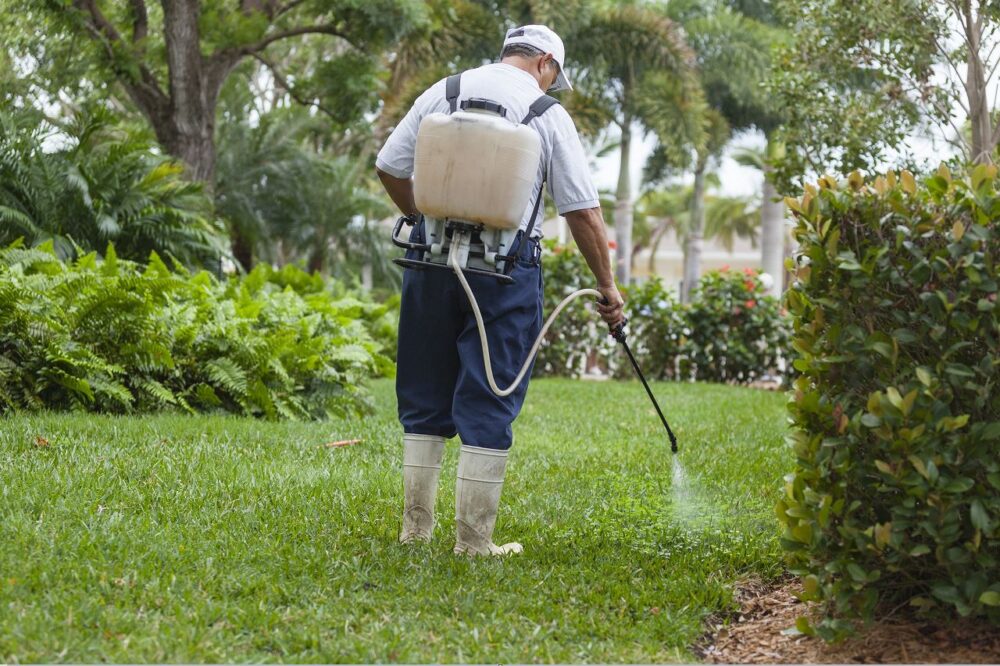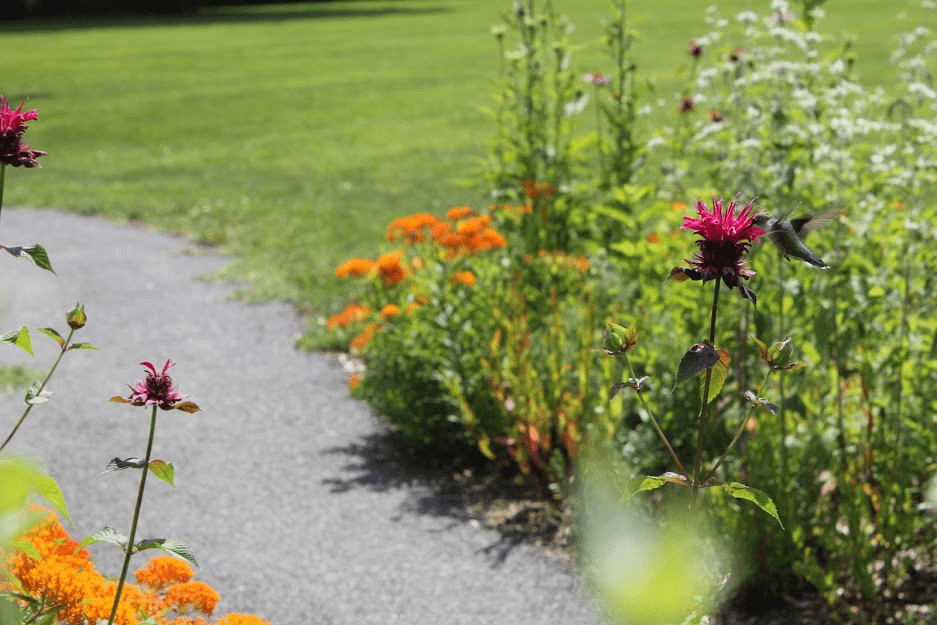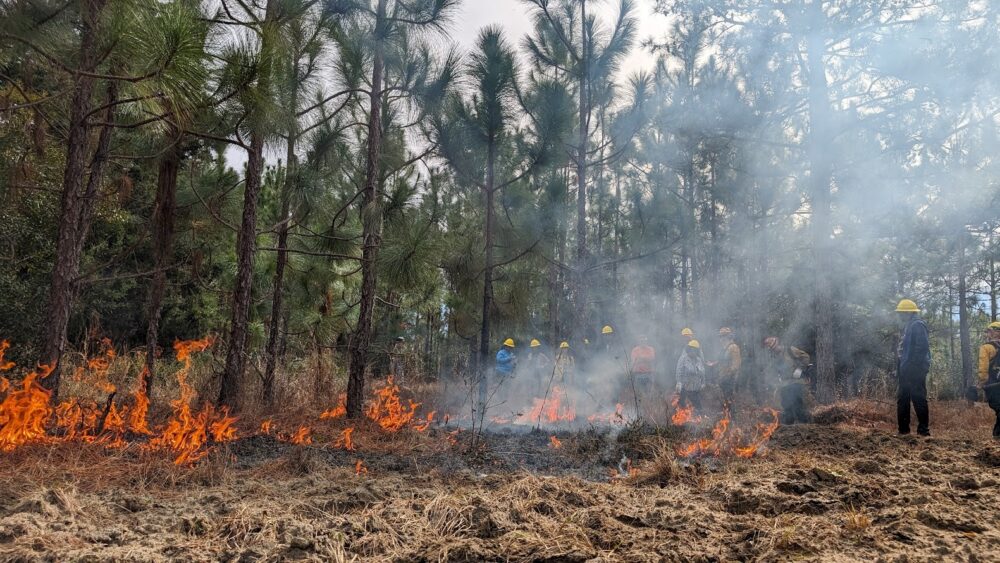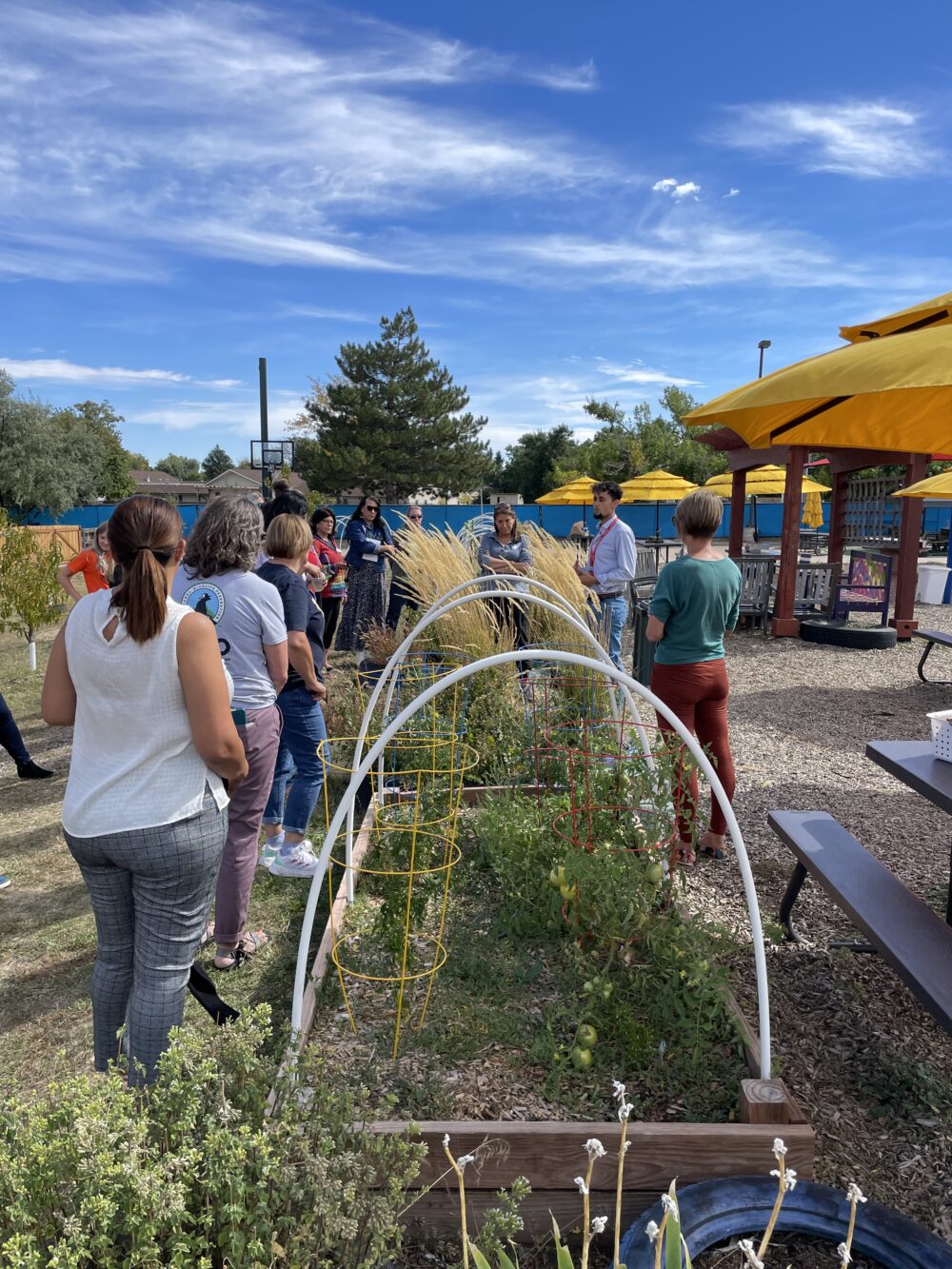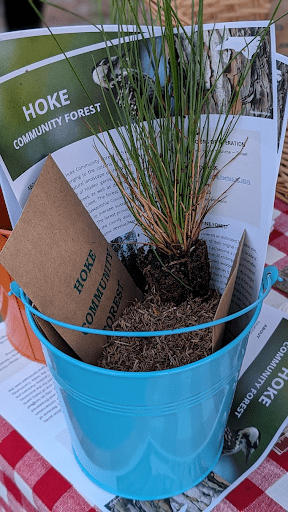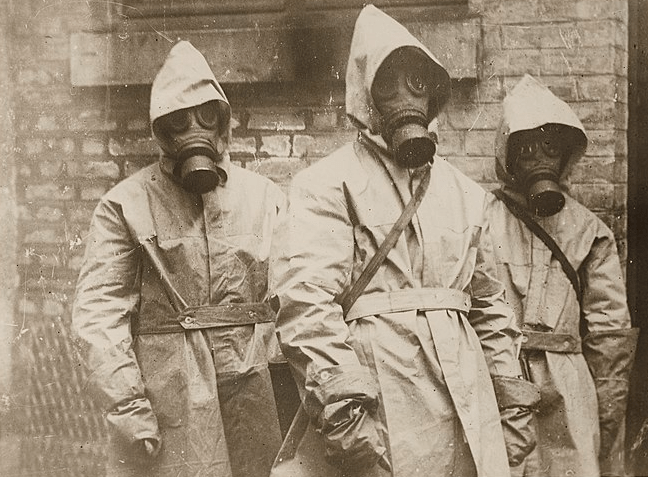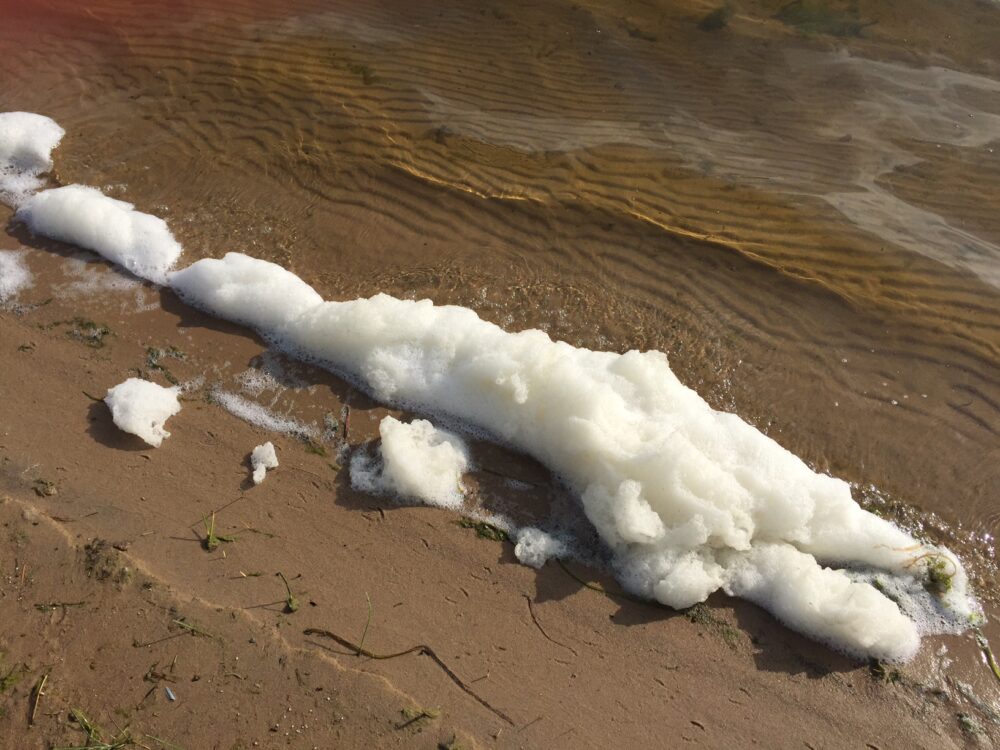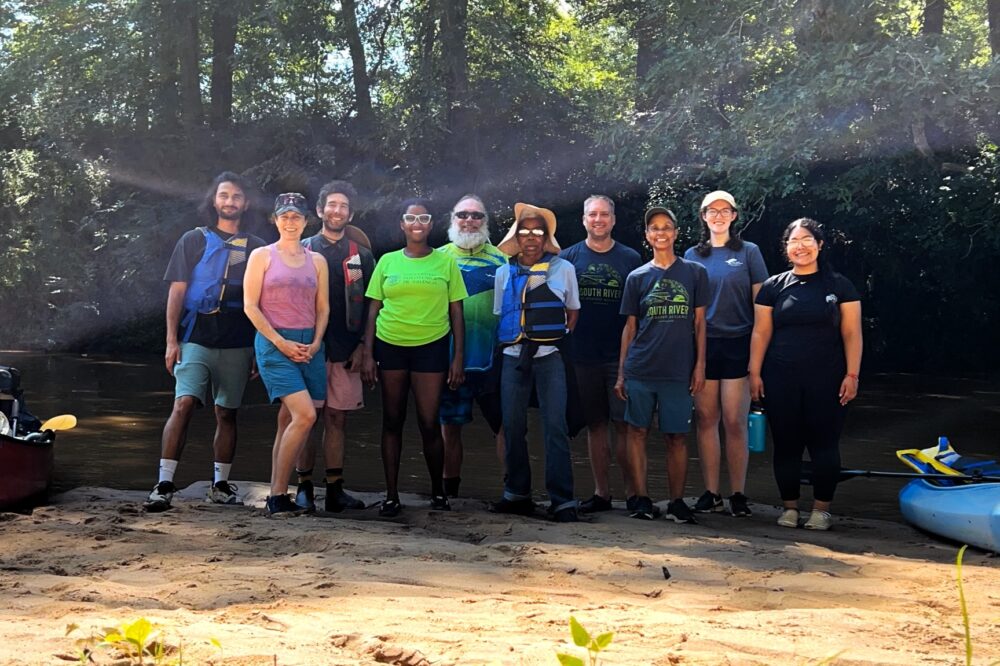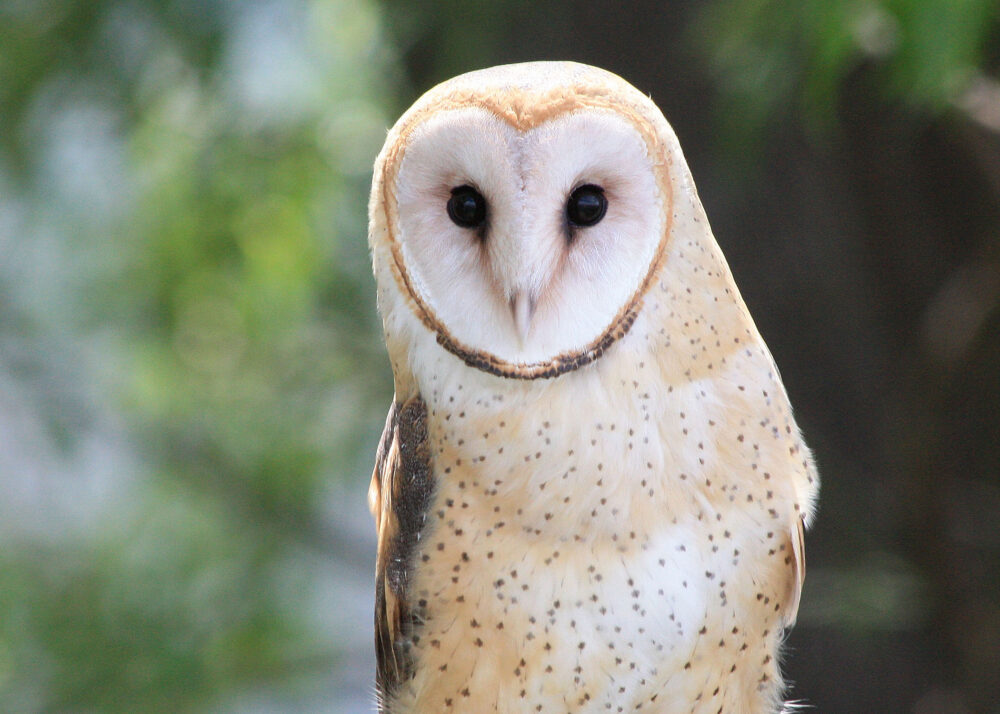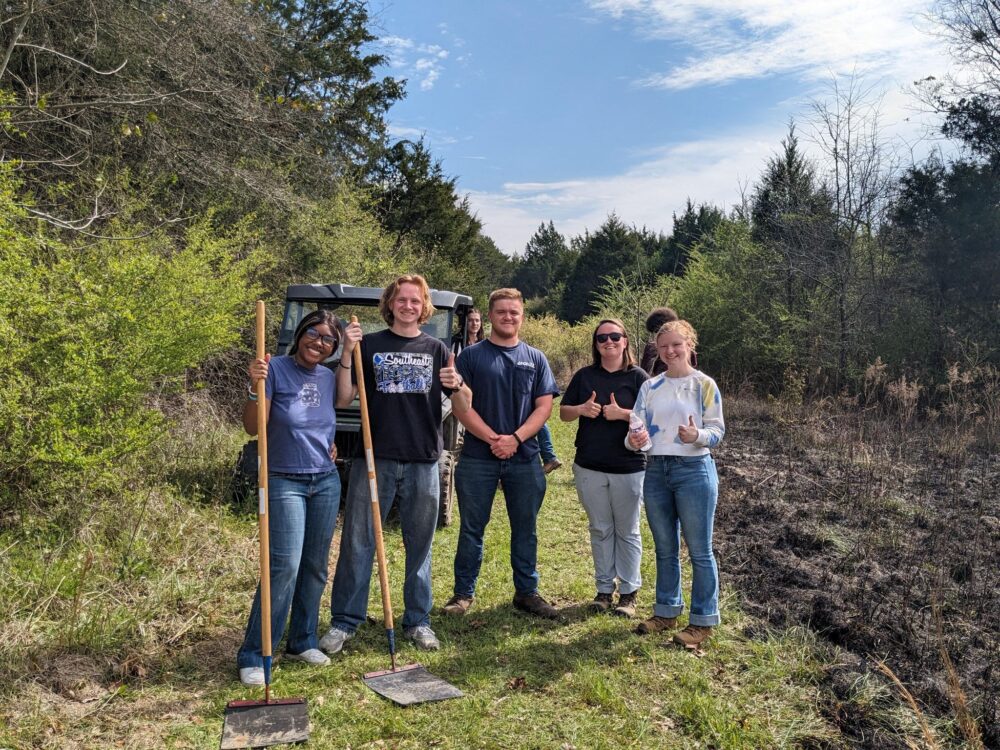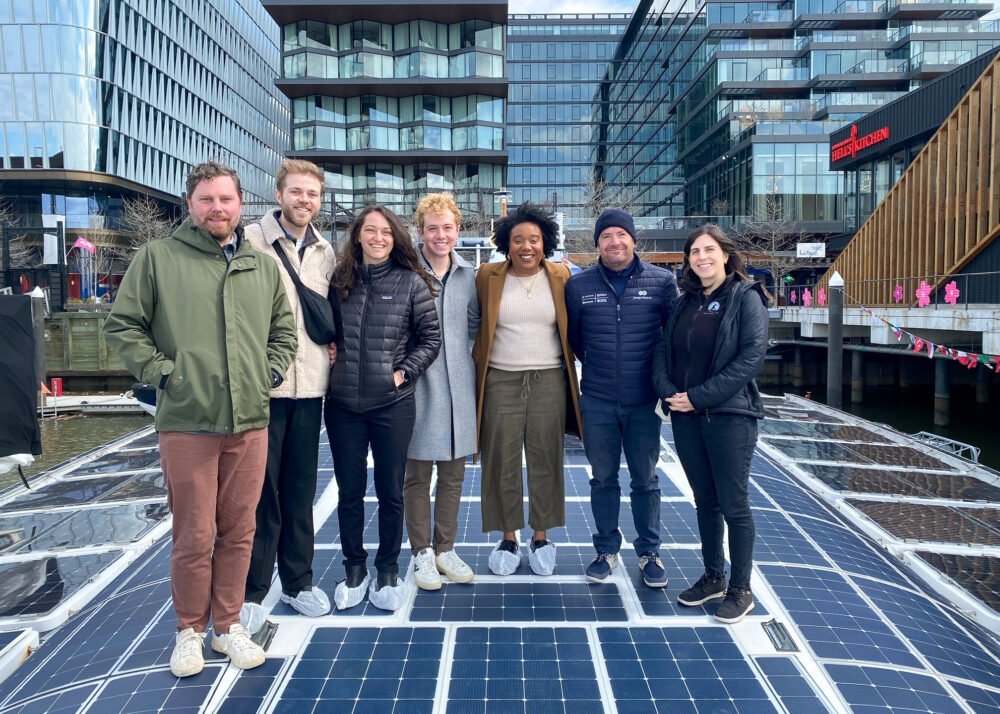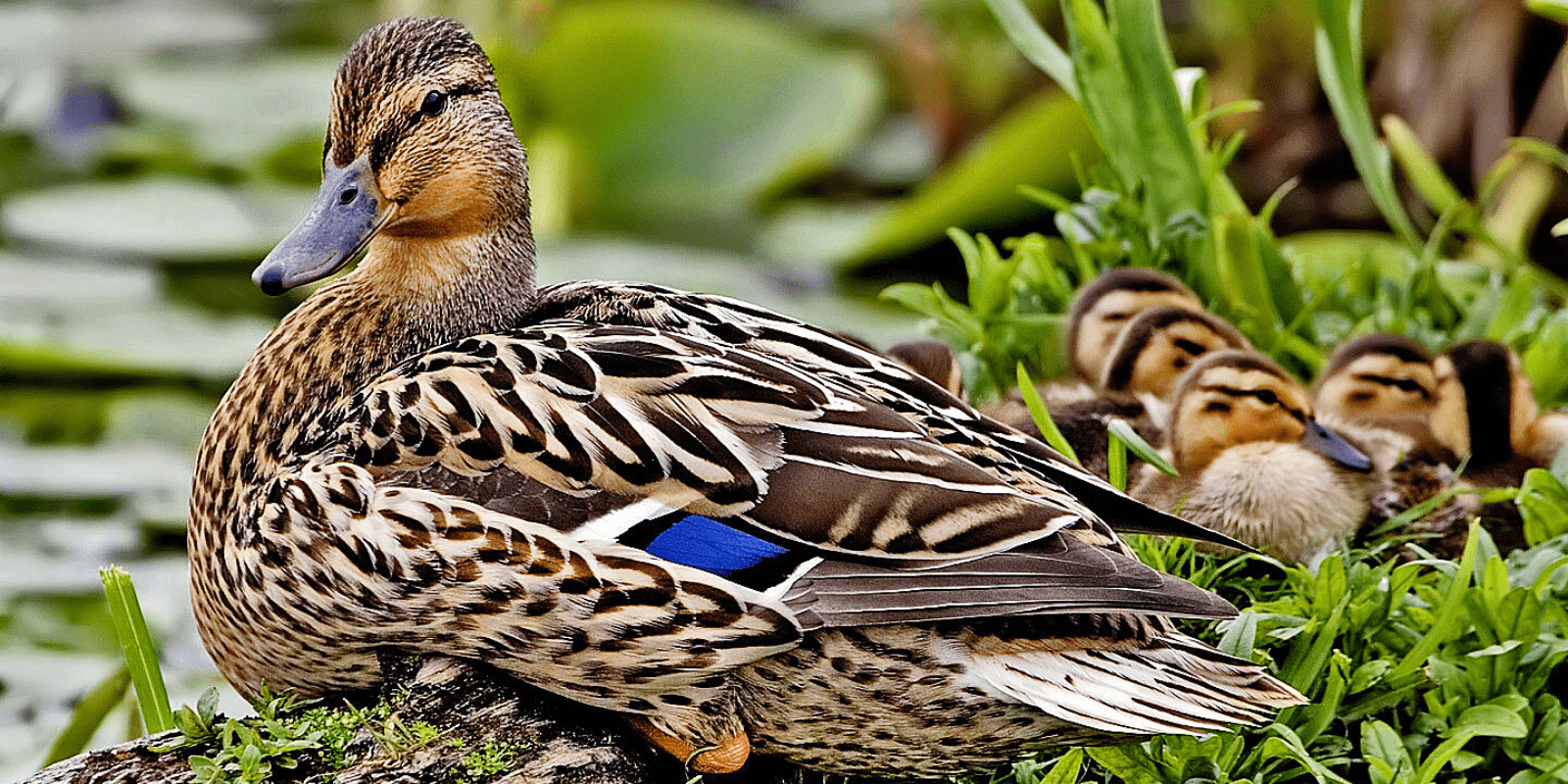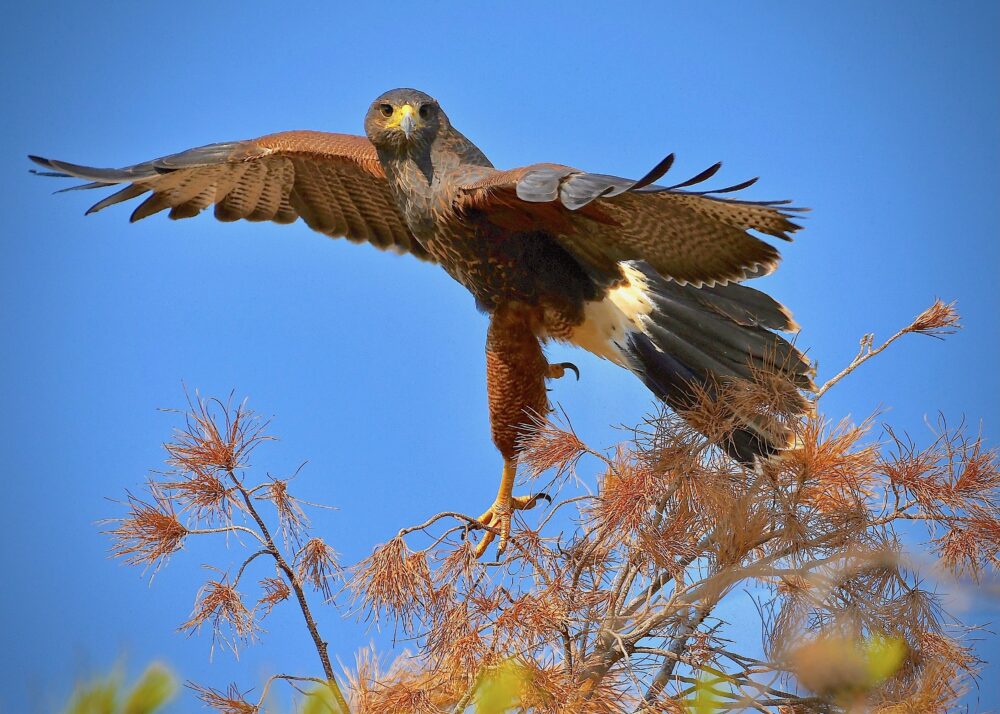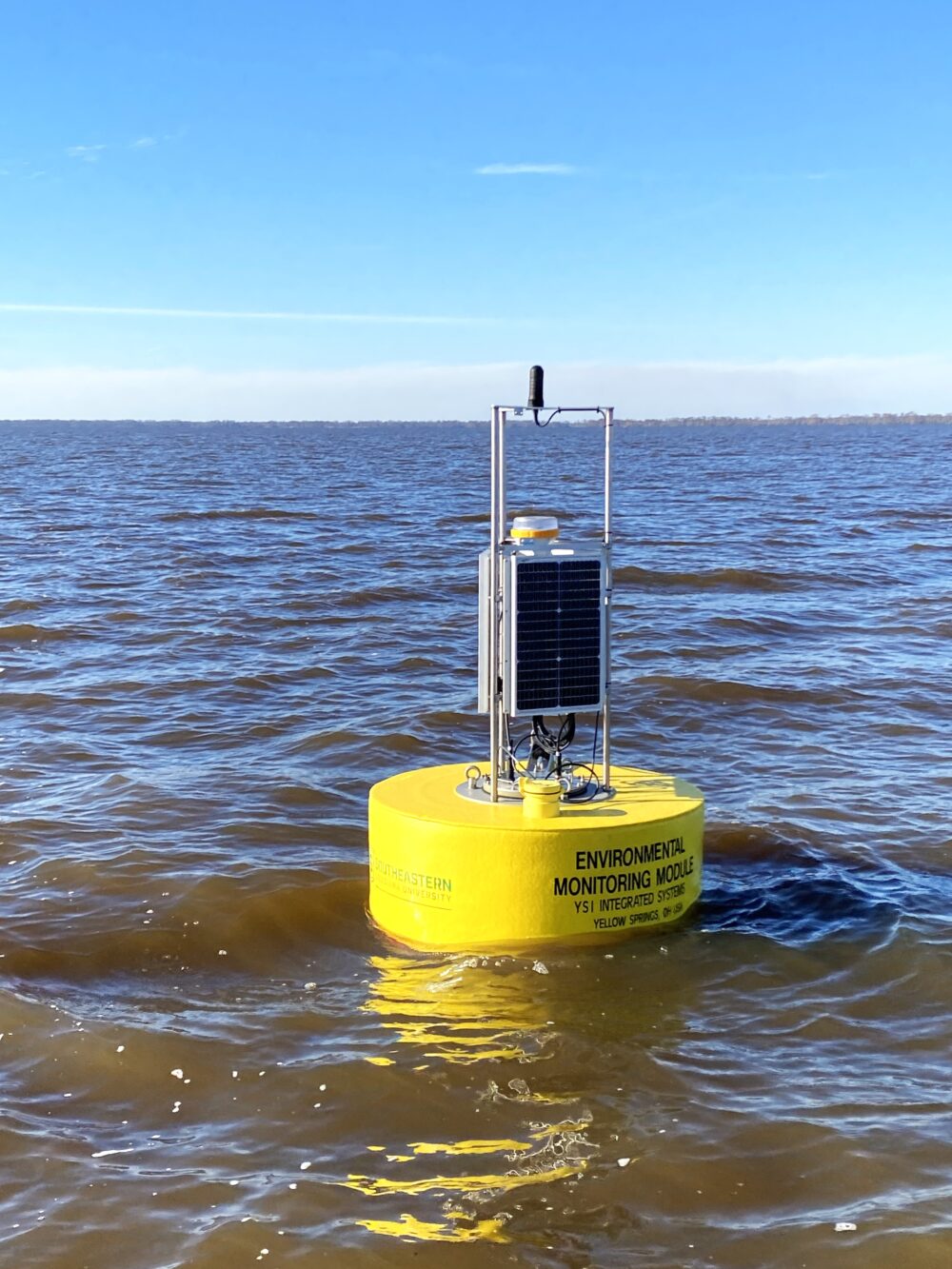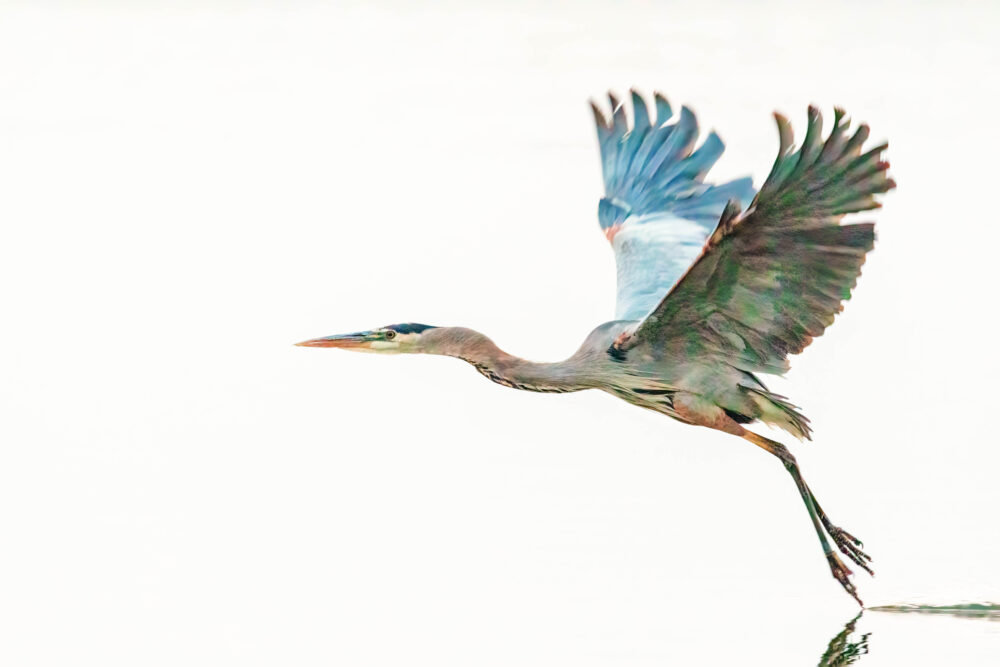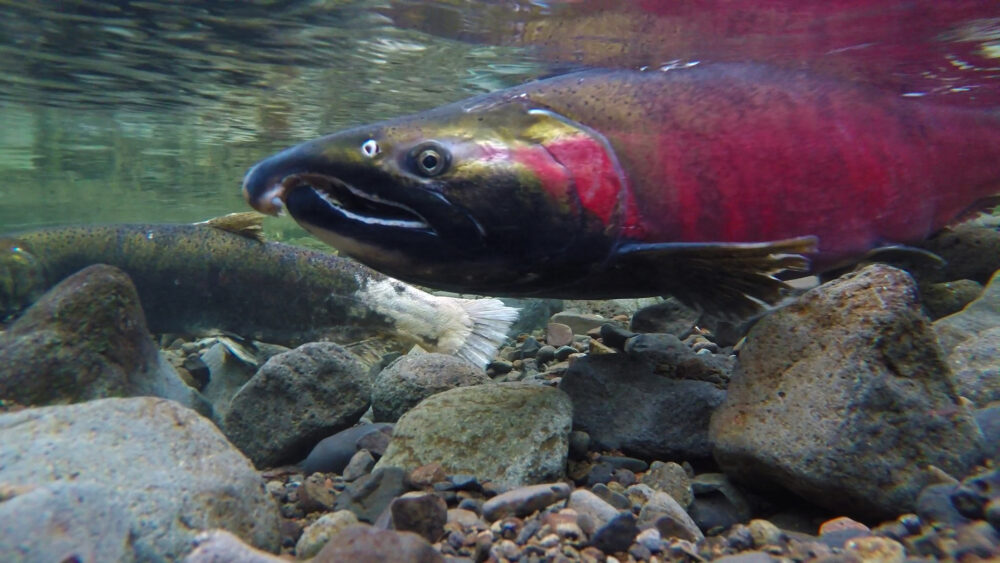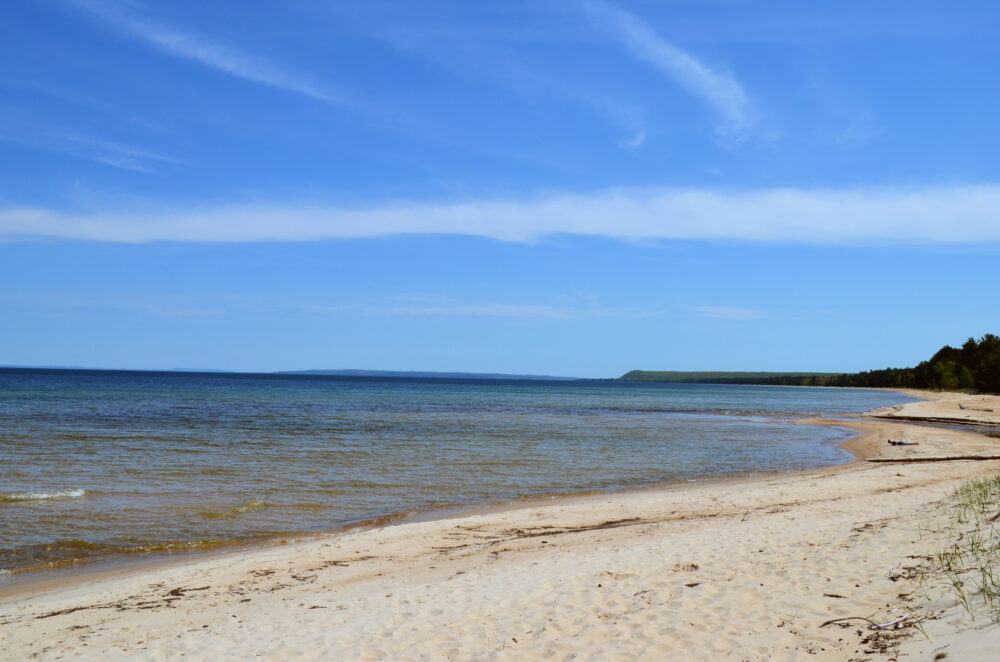We have much more to do and your continued support is needed now more than ever.
Invaders in Paradise
Every family has holiday traditions. Our tradition for the past several years has been to pack up the kayaks and fishing gear and spend the holidays camping in the Florida Keys at Bahia Honda State Park. Known to most for its turquoise waters and white sand beaches (unusual in the Keys), Bahia Honda is famous among biologists for its amazing flora and fauna, including many tropical rarities. As the gift shop tee shirts rightly proclaim, this gem of an island is truly an “American Paradise.”
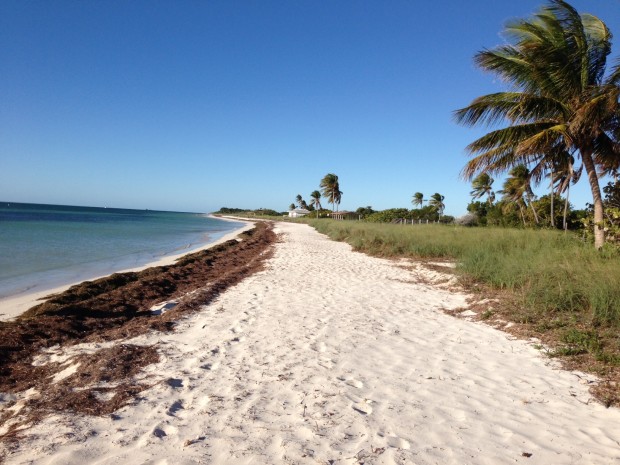
Where’s the Native Wildlife?
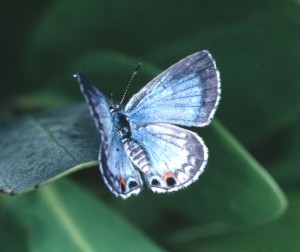
The Miami blue once extended from the Dry Tortugas in the south up along the Florida coasts to about St. Petersburg and Daytona. Its decline resulted from a variety of factors, most notably loss of habitat. On Bahia Honda, however, one of the most significant factors in its recent demise has been a flourishing population of non-native iguanas. These introduced reptiles, which can grow to a yard long, have developed a taste for the young shoots of the gray nickerbean (Caesalpinia bonduc), the host plant for the Miami blue’s eggs and larvae. These ill-tempered and voracious lizards appear to have literally eaten the Miami blues into oblivion on this island.
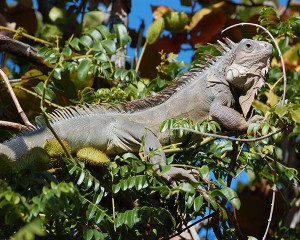
And Everglades National Park, one of the nation’s crown jewels, is the epicenter of an invasion of Burmese python, a non-native constrictor snake that research now documents has almost completely wiped out this sensitive ecosystems rabbits, raccoons, deer, and other small mammals. Although the endangered Florida panther may be too large or cautious to be caught and killed directly by these constrictor snakes, by consuming much of the panther’s food source the snake will almost certainly lead to further declines for this endangered large cat.
Stemming the Invasive Tide
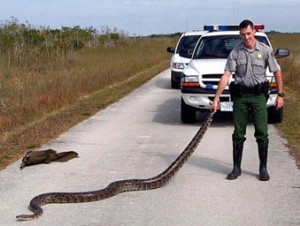
Trying to control these pests once they have established themselves is difficult, costly, and often futile. A far better approach, ecologically and economically, is to keep them out in the first place. One obvious place to start is to better regulate the import of species known to pose a risk to U.S. ecosystems. Last year the U.S. Fish and Wildlife Service, under pressure from NWF and its partners, made a good start by banning the import of four species of large constrictor snakes that were deemed to present just such a risk.
Unfortunately, bowing to political pressure from a small but vocal lobby of reptile breeders, an additional five constrictor snakes that Fish and Wildlife considers to present an invasion risk, such as the reticulated python and green anaconda, were excluded from that import ban. National Wildlife Federation views the listing of these additional constrictors as “injurious species” under federal law to be a top priority in 2013.
The current system for assessing and limiting imports of invasive and potentially invasive species—designed before the days of lightening fast transcontinental shipping and dramatic expansion of the exotic pet trade—is too slow and unwieldy and badly in need to reform. Fortunately, with NWF support, bills introduced in the last Congress propose common sense reforms that would create a new screening system for evaluating the risk of invasion that species pose, and give the Fish and Wildlife Service greater flexibility and authority to make science-based decisions to prohibit or restrict trade in certain live animals. With the start of a new Congress, reintroduction and passage of bills such as Representative Slaughter’s (D-N.Y.) Invasive Fish and Wildlife Prevention Act is an imperative to better protect our nation from the onslaught of new harmful and costly invasions.
Packing up our campsite back on Bahia Honda in preparation for the long drive home is always bitter sweet. There’s next year’s visit to look forward to, sustained by memories of the snappers we caught this time, and paddles through the mangroves and over the clear waters. But the demise of the Miami blue butterfly on the island—one small but important strand of the key’s biological web—is emblematic of what we already have lost in this “American Paradise.”
How You Can Help
 Donate today and help National Wildlife Federation continue to work for wildlife, including Miami blue butterflies and Florida panthers at risk from invasive species.
Donate today and help National Wildlife Federation continue to work for wildlife, including Miami blue butterflies and Florida panthers at risk from invasive species.


